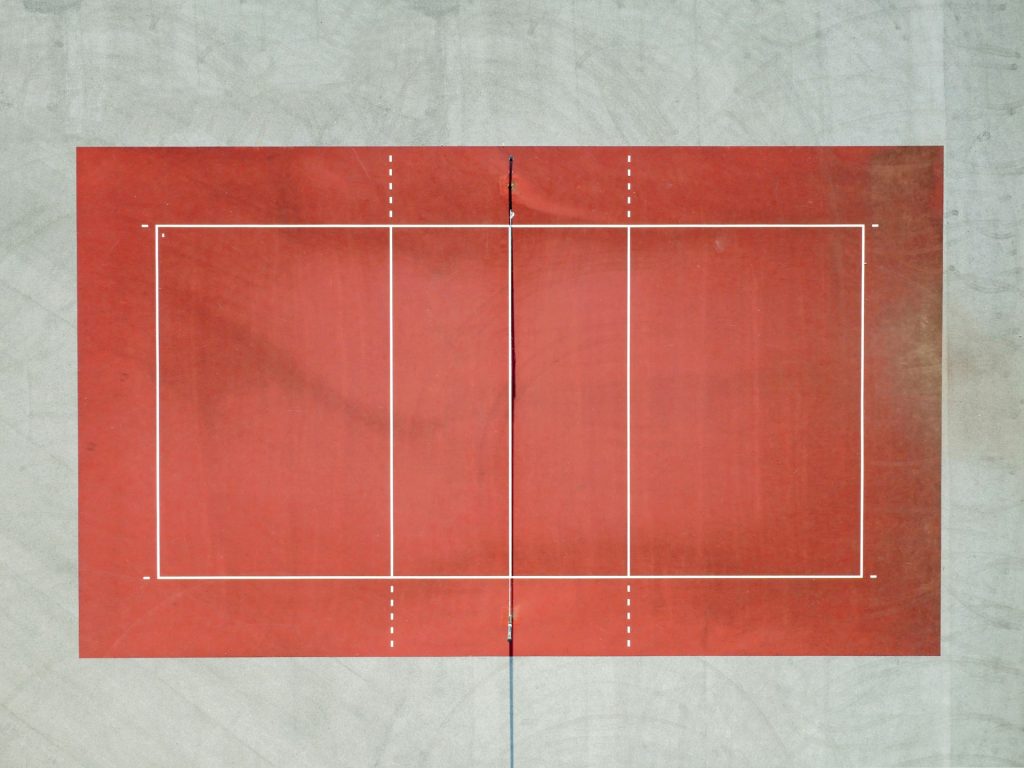
Over the past two decades, volleyball has significantly advanced in training evaluation, workload monitoring, and game analysis. The use of specialized technology has helped refine technical skills and improve overall game performance.
Previously, only elite clubs had access to statistical and video analysis tools. However, these technologies are now widely available, even in lower-tier teams and international competitions.
In the late 1990s, Italian company DataProject revolutionized volleyball analysis with its software. Before this, match statistics were manually recorded and analyzed. The introduction of automated data processing allowed real-time tracking and video synchronization, dramatically improving game preparation and performance reviews.
By the early 2000s, competing software like Mercury emerged, pushing innovation further. Coaches started using real-time statistics and video playback during training sessions, enabling instant feedback and tactical adjustments. This interactive approach transformed volleyball coaching and player development.
In the past decade, additional gadgets have enhanced training by monitoring player workload, particularly jump intensity, using Vert sensor technology. Such innovations help optimize performance while reducing injury risks.
Similarly, in today’s digital era, advanced technologies open new doors for improvement and entertainment. Platforms like Bitcoin slots on Coinplay offer unique opportunities in the evolving landscape of online gaming and digital finance.
Despite these advancements, some fundamental volleyball techniques have been overlooked. Position specialization has led to skill gaps—middle blockers rarely practice receptions, defense or setting, and liberos often use forearm passing instead of overhead fingers passing precision. As a result, the game has become more power-driven, with creative and versatile players like Earvin Ngapeth and Gabi becoming rare exceptions.
While technology has revolutionized volleyball training, maintaining a balance between innovation and fundamental skill development remains crucial for the sport’s future.